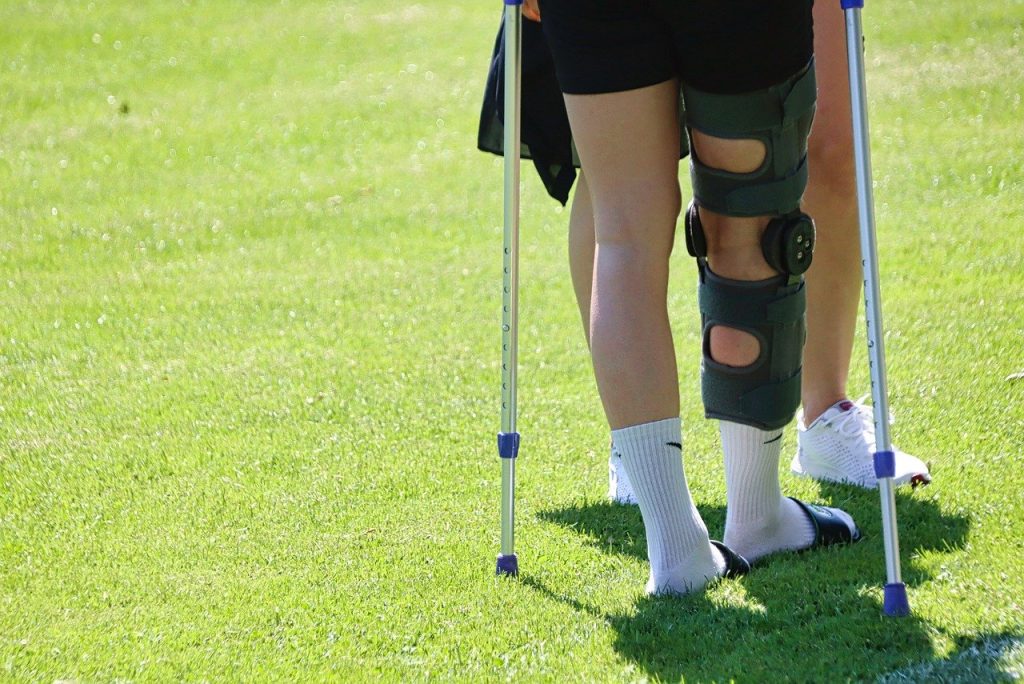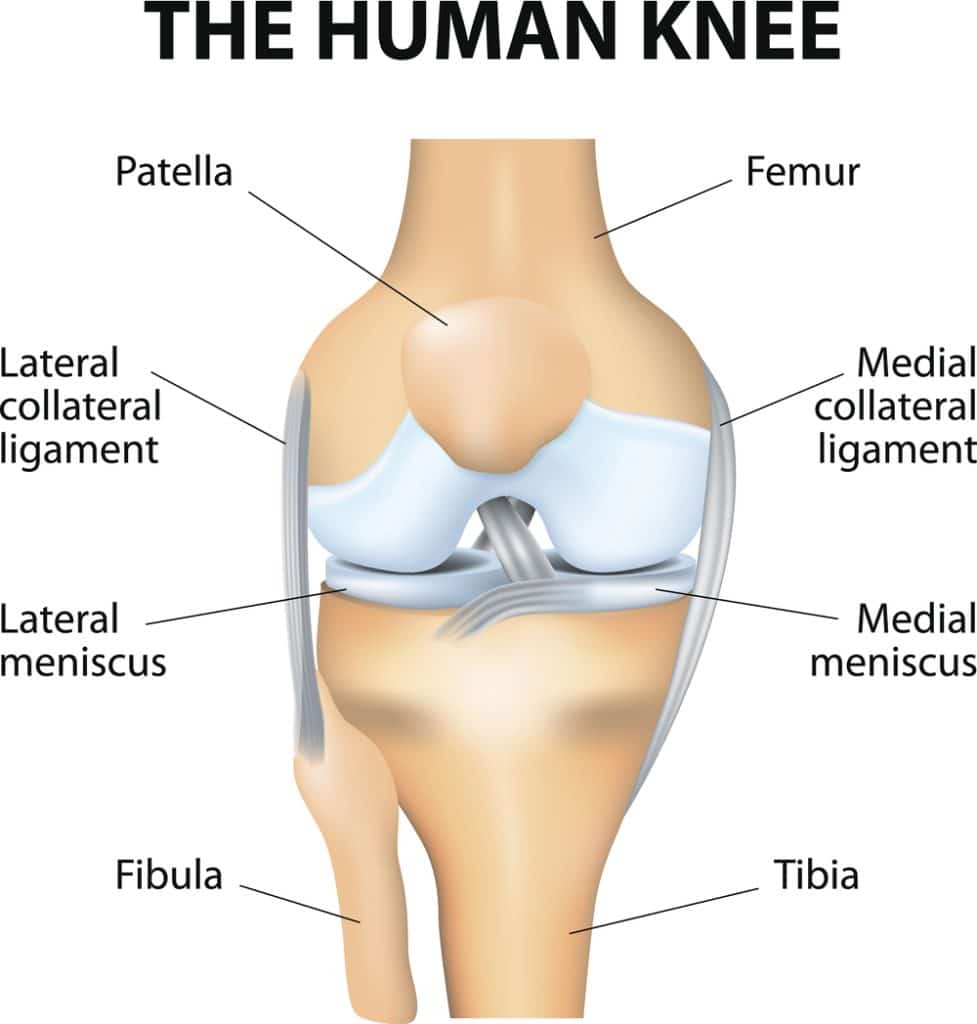How Successful Is Meniscus Transplant Surgery?
Most meniscus tears are the result of twisting your knee while your foot remains planted. If you have arthritis or are advanced in years, you can also tear your meniscus from a simple misstep or without an accident at all.
For younger people, particularly those who are active, at a healthy weight, and without arthritis — meniscal transplant surgery is an excellent option to relieve the pain of a damaged meniscus.
Knee Anatomy
The knee is the junction where your knee cap (patella) joins your upper and lower leg bones (femur and tibia). At the ends of these bones is cartilage that helps them move smoothly.
In addition, the kneecap has two C-shaped pieces of shock-absorbing rubbery cartilage on its sides. The piece on the inner knee is the medial meniscus and the piece on the outer knee is the lateral meniscus. Together they are called the menisci, and these tough cushions of cartilage stabilize and support the knee.
Torn Meniscus
Some meniscus tears heal on their own over time. Severe injuries require meniscus tear surgery. If your meniscus is severely damaged, an orthopedic knee surgeon may trim or entirely remove it. This procedure, a partial meniscectomy, can help with the pain of the injury.
If a large portion of the meniscus was removed, the tibia and femur start to rub together, causing chronic knee pain and osteoarthritis can develop. If this happens, a knee replacement may eventually be necessary.
For those who are younger than 55, active, and who do not have arthritis, a meniscal transplant surgery can be a good option. The goal of a meniscus transplant is to relieve knee pain and prevent osteoarthritis.
Meniscal Transplant Surgery
In meniscus transplant surgery (sometimes called meniscal allograft transplantation surgery), donor tissue from a cadaver replaces the damaged meniscus. The donated tissue, or allograft, is monitored for safety by the American Association of Tissue Banks and the United States Food and Drug Administration (FDA).
Unlike in other types of transplant surgeries, there is no risk of the recipient rejecting the donated tissue. Instead, the major determining factor for finding a matching donated meniscus is the size. Your orthopedic surgeon will use imaging, such as an x-Ray or MRI, to measure and find a match.
To be considered for this type of meniscus repair, you must meet a fairly strict set of criteria, including:

- Under 55 years of age
- Physically active and at a healthy weight
- Absent of a significant portion of your meniscus from injury or previous surgery or having a large tear that’s irreparable
- Persistent knee pain or knee instability
- Proper knee alignment or alignment correctable during the transplant surgery
- No (or minimal) osteoarthritis
- No rheumatoid arthritis
Meniscal transplant surgery success rate is high, and potential complications are relatively rare.
Transplant Complications
People do not generally have problems from meniscal transplant surgery. The most common issues are stiffness, swelling, incomplete healing, excess bleeding, nerve damage, infection, or complications from anesthesia. Discuss any concerns you may have with your orthopedic surgeon.
It is possible to tear your transplanted meniscus or develop scar tissue in the knee joint. Sometimes additional surgery is necessary to correct these issues.
Meniscal Transplant Surgery Recovery
Meniscus surgery usually takes place under general anesthesia.
In this arthroscopic surgery, the surgeon will make two to four small incisions and insert a camera. Using this camera’s view as a guide, the surgeon will position, sew, and potentially screw your new meniscus into place. If any old damaged meniscus remains, your orthopedic knee surgeon may remove it during surgery.
If necessary, the surgeon will also repair surrounding damage or correct existing misalignment. The skin and muscles are closed and covered. You may be allowed to be driven home shortly after surgery or may be required to stay in the hospital for a short time.

Meniscal transplant surgery recovery can take time, but you should feel less pain post-surgery than pre-op. Plan to wear a knee brace and use crutches for several weeks.
According to Yale Medicine, “Studies suggest that up to 80 or 90% of athletes are able to return to pre-injury activities following meniscal transplantation.” That said, most people need to stay home from work for a couple of weeks (more time off may be necessary for those with particularly active jobs). It may be several months before you can return to normal activities and eight months to a year before you’re released to participate in contact sports.
Your orthopedic knee specialist will let you know when you can start putting your full weight on your knee and also instruct you on exercise and physical therapy.
If you have any questions about knee pain or would like to see if a meniscal transplant is right for you, please contact us.

Leave a Reply